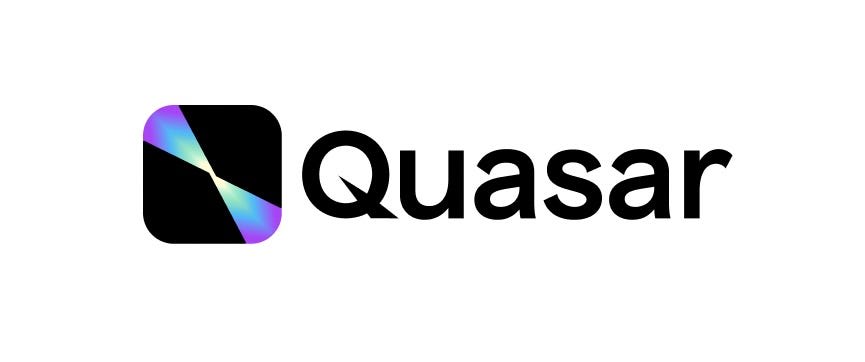Quasar launch analysis
The intention of this dashboard is to analyze asset flows from Osmosis to Quasar Finance since its launch on March 23, 2023. It not only covers some basic metrics such as number of transfers, active users and volume transferred but also analyze distribution of senders as well as some clusterization.
Quasar Finance is a decentralized appchain that was launched on 23rd March 2023. It enables interchain digital asset management through the use of permissionless, transparent, and composable tools and infrastructure provided by blockchain technology and DeFi. Quasar offers a platform to build general-purpose management containers, also known as vaults, that are customizable, self-governing, and flexible. Vaults are smart contracts that carry out asset deployment by integrating separate smart contracts called strategies, which handle execution logic. Quasar is best understood as a platform for DAM infrastructure, providing the tools and infrastructure needed for generating and operating Vaults and Strategies. Quasar believes that an appchain focused on DAM applications will unlock the full potential for DAM in the current and future eras of DeFi 1.
Quasar's primary role is to provide and maintain the resources needed for generating and operating Vaults and Strategies. Quasar's Vaults are composable, allowing for a broad range of use cases, such as creating unique collections of diversified assets, developing baskets of goods representative of an index, and carrying out strategies with underlying assets. Quasar's governance system is enabled by the QSR token, which allows for collective decision-making and information sharing.
Quasar's importance in IBC lies in its ability to enable independent digital asset management across blockchains. The interchain- where many independent blockchains are able to communicate with each other- beacons for redesigning of DAM applications and infrastructure. Osmosis, which is a Cosmos-based AMM (automated market maker) decentralized exchange, can benefit from Quasar's interchain capabilities to offer a wider variety of assets and types of assets for trading. Overall, Quasar's innovative approach to decentralized asset management has the potential to transform the DeFi landscape and facilitate greater control, collaboration, and access to sophisticated asset management strategies.

The launch of Quasar Finance on March 23, 2023, marks an important milestone in the world of decentralized asset management (DAM) and interchain digital asset management in particular. As an appchain built specifically for DAM, Quasar Finance is expected to offer a wide range of benefits to investors, such as greater visibility and control over their assets, expanded access to sophisticated asset management strategies, permissionless tools for building actively managed portfolios and custom strategies, and mechanisms for information sharing and collective decision-making.
Given the importance of interchain communication in the current and future eras of DeFi, Quasar Finance's focus on supporting DAM applications on an appchain is particularly noteworthy. This approach offers a higher level of sovereignty for the hosted applications compared to general-purpose blockchains, allowing developers to more directly influence the evolution of the chain without competing with other non-DAM related applications.
Since the launch of Quasar Finance, there has been a growing interest in understanding the asset flows between Quasar Finance and other DeFi projects, particularly Osmosis. To address this, a dashboard has been developed to analyze asset flows from Osmosis to Quasar Finance. The dashboard not only covers some basic metrics such as the number of transfers, active users, and volume transferred, but also analyzes the distribution of senders as well as some clusterization.
The analysis of asset flows from Osmosis to Quasar Finance is expected to provide valuable insights into the adoption of Quasar Finance among the Osmosis community, as well as the potential use cases for Quasar Finance in the broader DeFi ecosystem. By understanding the asset flows between these two projects, investors and developers can gain a deeper understanding of the dynamics of the DeFi landscape and make more informed investment decisions.